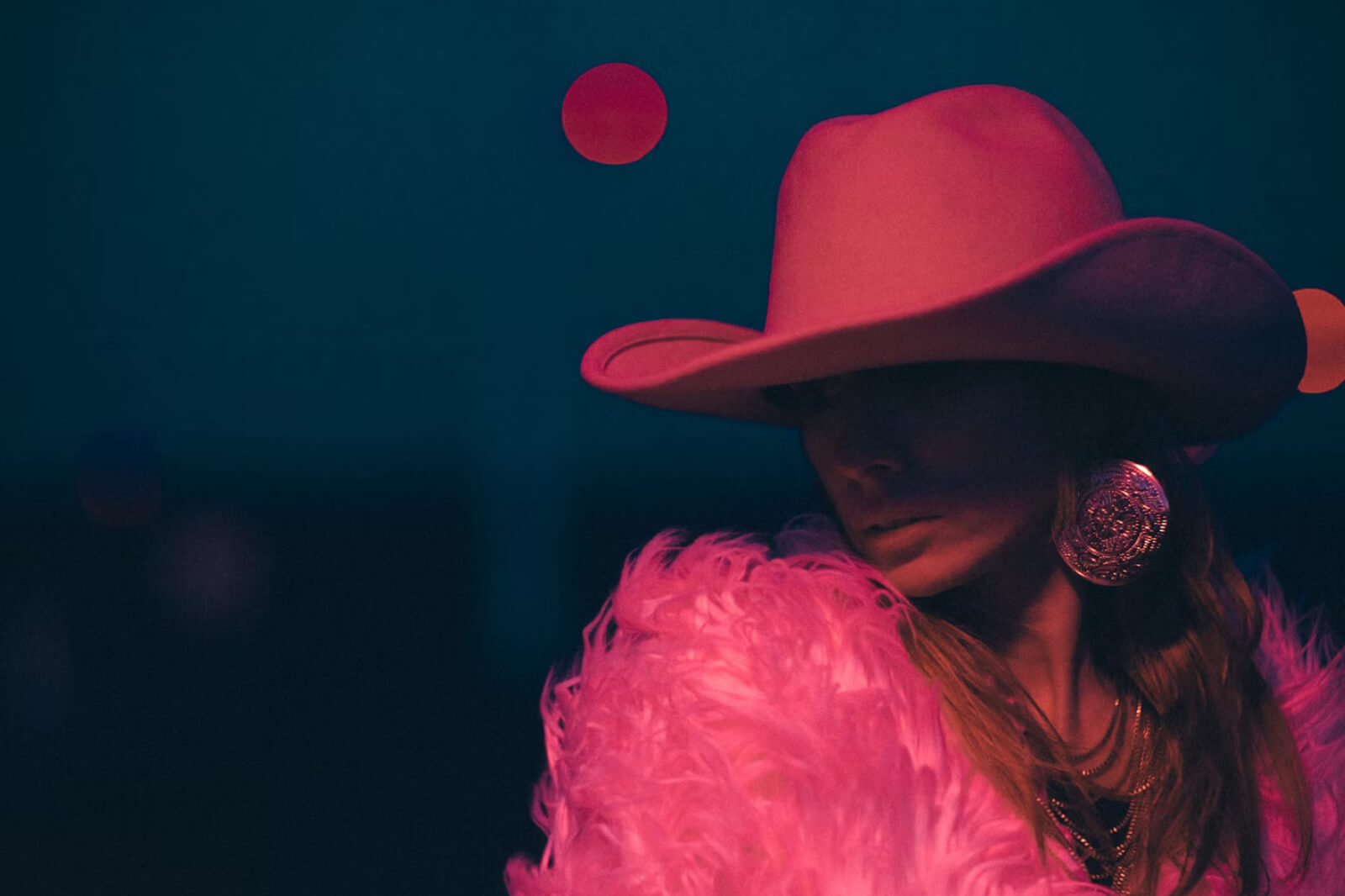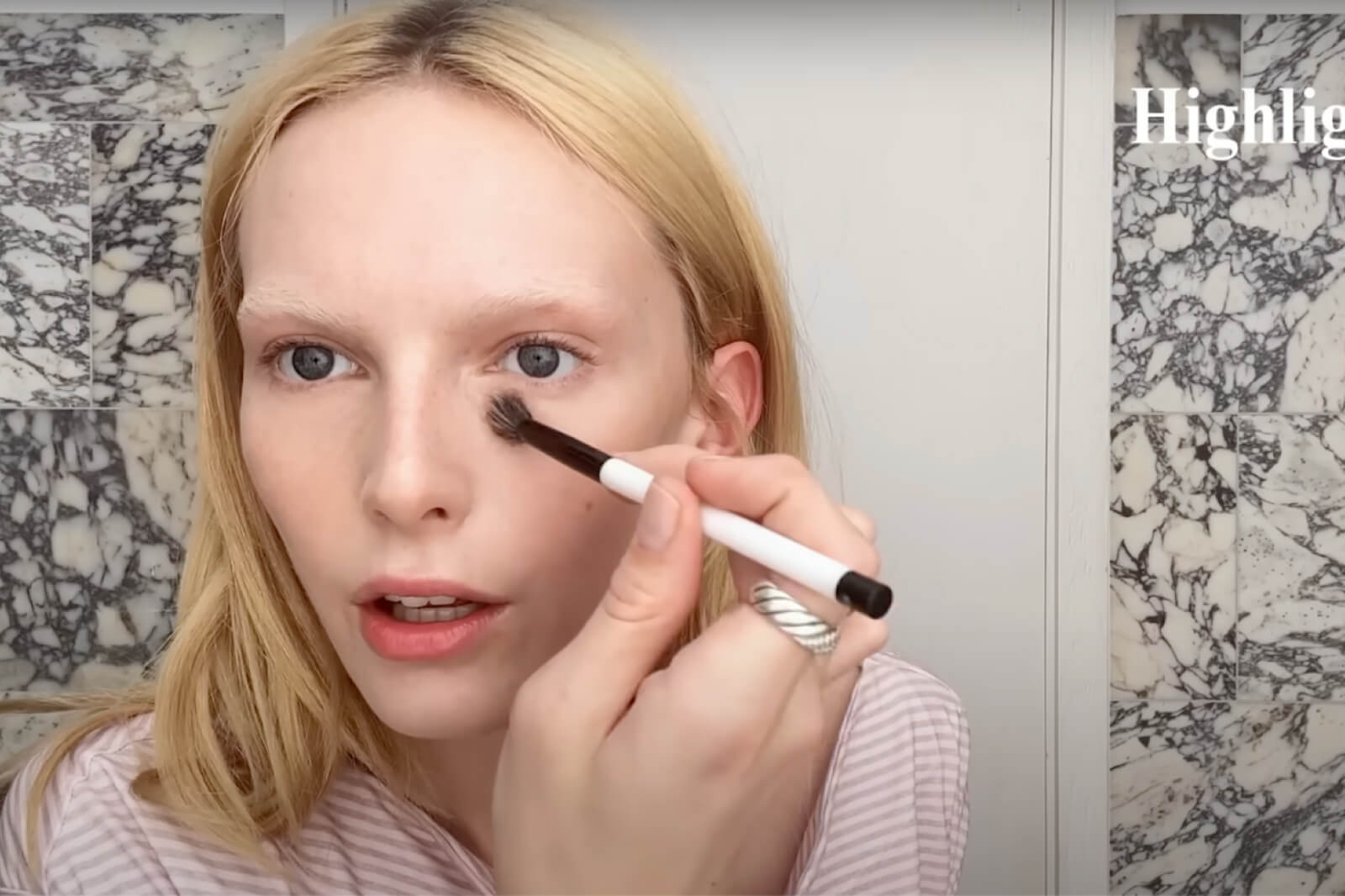
Dua Lipa performs during the LOVESTREAM Festival in Bratislava, Slovakia.Lovestream Festival 2022
Photo by Ceská editoriální fotografie/Profimedia/Shutterstock
Dua Lipa’s latest song “Levitating” officially features Missy Elliott and Madonna, but the real star of the video is an ancient goddess whose dark mythology is enjoying a 21st century renaissance.
The Internet is bearing witness to a society governed by toxic, traditionally male structures of power that pervert, devalue, and assault feminine energy and feminine bodies. And yet, rising from the scorched earth like an obsidian serpent, is Hekate, one of the most feared and respected spiritual entities of ancient Western and Middle Eastern mythology.
Dua Lipa – Levitating (feat. Madonna and Missy Elliott) [The Blessed Madonna Remix] (Official Video)www.youtube.com
“There’s been a dramatic increase in the interest in Hekate, not only in the ‘witch world,’ but also in popular culture,” says Cyndri Brannen, writer of Keeping Her Keys, a wildly popular blog about Hekatean witchcraft. “The first time I led a large ritual of Hekate at a pagan festival, over a decade ago, most of the participants either had never heard of her or had a very limited understanding.”
87. How to start working with Hekate – Interview with Cyndi Brannen, of “Keeping Her Keys” Part 1www.youtube.com
Who is Hekate, anyway?
Hekate (also spelled Hecate, and pronounced in many different ways) is most often considered a Greek goddess, but her roots go back more than 3,000 years to ancient Iraq, to a Sumerian goddess named Gula.
“Gula was a powerful, androgynous goddess who ruled over spirits, and acted as a judge and healer. She was associated by her worshippers with dogs, torches and crossroads,” says Jack Grayle.
A teacher of ancient magickal techniques (such as those in the famed “The Greek Magical Papyri,” a Greco-Roman Egyptian text from 2,000 years ago), he helps the modern occultist and witch connect with Hekate in his 13-week online course, Hail Hekate: Walking the Forked Path. “She was then (and is now) honored and celebrated for being androgynous, ambiguous, undefinable, unclassifiable, cross-cultural, and uncontrollable by the more mainstream gods and goddesses.”
105. Outlaw Magic of the Greek Magical Papyri (PGM) – Jack Grayle – SCHOLARSHIP (NOW CLOSED)www.youtube.com
In the sixth century BC, people in what is now Southwestern Turkey also honored a very similar goddess to Gula, whose nickname was “The Far-Worker”—or “Hekate” in Greek. Soon, Hekate’s cult became massive and spread throughout the Greek and Roman Empires.
“There is a wonderful saying of her that while the other gods loved her, ‘they trembled in her presence,'” continues Jack. “In Renaissance England, Shakespeare portrayed her as the imperious Witch Queen in his play ‘The Tragedy of Macbeth.’ Over time, Hekate has taken on an increasingly dark aspect in the popular imagination, due to her association with magic, witches and ghosts. But this dark Hekate would have been recognizable even in Roman times. She has always been respected; she has never been safe.”
Today, Hekate is often depicted as a triple goddess (representing Maiden, Mother, Crone), or as an old, stereotypically hideous witch.
This diverges from how the ancients saw their gods and goddesses as young and beautiful (yes, even Hekate).
A bit more consistent throughout history is Hekate’s reputation as a psychopomp (a guide for souls traversing the Underworld, as she was for Persephone in ancient Greek myths). Also consistent is Deipnon, which is food and drink laid out for Hekate at a crossroads during the Dark Moon, to ask her blessings through the coming month.
“‘The Chaldean Oracles’ (spiritual texts used by Neoplatonists philosophers between the 3rd and 6th century) name *her* as the cosmic and transcendent spirit of Wisdom and Virtue in the second century…Michael Psellus, a Byzantine Monk, writes about her almost a thousand years after that,” says Jason Miller, who has taught over 900 students in his seven-month online course Sorcery of Hekate, a modern mix of Western traditions and Eastern esoteric techniques he learned when initiated as a ngakpa (non-monastic Buddhist monk). “Hekate endures…[she] is a goddess accessible to anyone that has the bravery and tenacity to follow her twin torches into the dark and learn her mysteries.”
64. Sorcery of Hekate – Interview with Jason Millerwww.youtube.com
How is Hekate symbolized in Dua Lipa’s video?
Instead of literal personification, Hekate actually shows up in the video through a sigil (a magickal symbol) called the Strophalos, or Hekate’s Wheel. The Strophalos first appears at 8-seconds on a grainy TV, but appears consistently throughout the video on everything from a spinning record, graffiti, even on little candy that is suggestively eaten.

While the original serpentine design is from a tomb outside the Mycenean temple of Aphrodite (and is thus called “the Mycenean Button”), the Strophalos is the most popular symbol associated with Hekate today.
“[In fact] The traditional strophalos dedicated to Hekate was actually an iynx wheel,” says…. “These tools often resembled modern whirligig or buzz saw toys, a wheel that has been threaded with cord and wound up so the tension causes it to spin rapidly,” says Jeff Cullen, a lifelong Hekate devotee whose book on modern Hekatean devotion and magickal technique, Liber Khthonia, is still going strong on Kickstarter, even after becoming fully-funded within 24 hours of the launch.
In ancient times, the iynx was seen as a powerful way to draw down the gods into physical form, so the Mycenean Button drawn on this spinning wheel has long been used as away for Hekatean devotees to connect with the goddess. In Dua Lipa’s video, the spinning record emblazoned with the iynx symbol may be seen as an electronic iynx.
“As a witch recites hymns and prayers to Hekate, they should have the wheel spinning towards them to manifest Her in the physical world…this isn’t to say She will show up as a colossal Goddess, but perhaps a phantom light, shadow, sound, or animal,” continues Jeff. “If used while casting witchcraft, [the iynx] can send forth our intentions, call lovers together, or even summon the dead.”
This is what seems to happen in the Dua Lipa video: the amorous intentions of a young woman are put into motion by swallowing Strophalos candy, lovers come together under the auspices of a Strophalos on a spinning record, a Strophalos being drawn in chalk. Dua Lipa and her lover gaze into a lunar eclipse (not a Dark Moon, per se, but it is Moon-related, as is Hekate) after several prior scenes of the Strophalos.
And while the Strapholos is a well-known way for Hekate’s devotees to connect with her, but it’s not the only method.
“What seems to be the best way to develop a relationship with Hekate is through a sincere desire to stand in one’s personal truth,” says Cyndi Brannen. “When the depths of her historical accounts are explored, a similar theme emerges; Hekate favors those who resist the false comforts of conformity. She is the goddess of the misfits, rebels, and those leading their own personal rebellions.”
Why is Hekate becoming popular now?
For many, Hekate first came whirling into pop consciousness in Netflix’ “Chilling Adventures of Sabrina,” a show that hired a real-life witch as a consultant and was praised within the witch community for the authenticity of the spellwork and invocations. Of special note is the ritual for Hekate, which happened in Season 3 Episode 6.
Resurrection of Hilda Spellman | Chilling Adventures of Sabrina Finaleyoutu.be
Now that Hekate has been featured by Dua Lipa, who is also well-known for her feminist activism, it’s clear that Hekate is currently being exalted in pop culture as a symbol of radical power that does not center toxic masculinity.
“Many young people nowadays identify as marginal, non-mainstream, gender-fluid, mixed-race, non-binary, multicultural, and sexually atypical,” says Jack Grayle. “Hekate mirrors them perfectly. She was a strange, beautiful, useful but frightening goddess who existed at the margins of all things. Young people [who are] searching for a relatable spiritual power…relate most easily to her.”
Often considered the Queen Bee of witches, Hekate’s rise in popularity also mirrors the rise in witchcraft, paganism, and the occult in the mainstream. Witch-adjacent activities, such as astrology and tarot, have become such a “normal” part of American society that even therapists are starting to learn them in order to relate better with their patients (who are often enthusiasts of these witchy arts).
“Pop culture in relation to magic is an interesting thing. When a spirit or god or practice has a serious impact, it will often show up in pop culture,” says Jason Miller. “Sometimes this is simply because pop culture is a reflection of peoples’ lives. Sometimes it may be something more, like the spirit itself moving the artists.”
Hekate has, simply by her nature, lingered in the edges of the mainstream, but with the advent of the Internet and social media, she is being exposed to the most wide and diverse audience in the history of humankind. And that she’s getting shout-outs from popular media that gets millions of views, likes, and shares is an exciting new phenomenon.
“Pop culture has always played a role in how the Gods manifest and communicate to Their devotees,” says Jeff Cullen. “Modern depictions such as ‘The Chilling Adventures of Sabrina’, and the use of Her wheel in Dua Lipa’s video for ‘Levitating’… speak to certain witches who may not have been aware of Hekate before, [by] planting the seed, so they begin to research, and perhaps then are moved to serve Her.
Throughout dynamic periods of history, whether during the times of the Chaldeans, Greeks, or Shakeapearen England, Hekate has always surged in mainstream culture. As long as humans crave a connection to an ancient energy, an archetype, a full-on deity that deals with the liminal, the changing, the mutability of life’s cycles, and the gravitas of finding solid ground during chaotic transitions, Hekate will always be around.
“We are now at a similar cleavage when the old ways have been destroyed, and Hekate is here..Hekate is Rixipyle, the Earth Shatterer. When the old ways crash and burn, she emerges,” says Cyndi Brannen. “It is not so much that Hekate returns, but that we pay attention to her. In dark times, we need the Dark Mother.”














